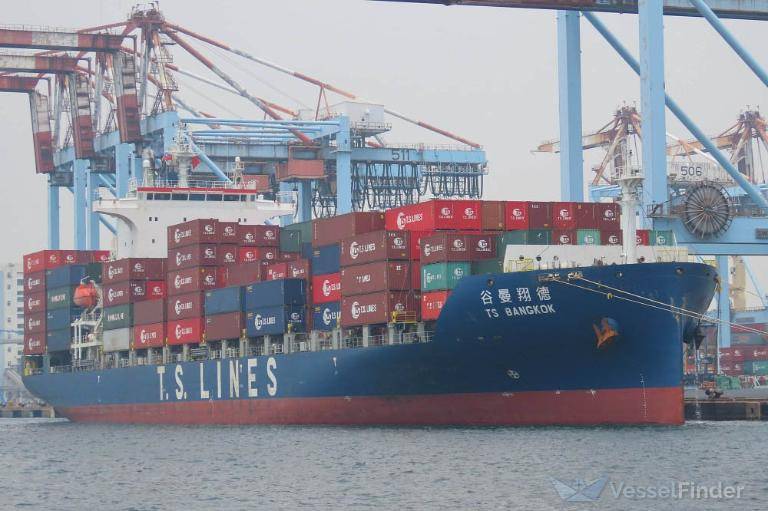Taiwanese intra-Asia carrier TS Lines has ambitions of expanding further into long-haul
routes.
On 13 August, TS Lines launched a standalone Asia-US West Coast express service, AWC2,
just over a month after returning to the transpacific lane through a joint AWC service with
Dubai-based SeaLead Shipping.
AWC2, connecting Guangzhou, Xiamen, Busan and Long Beach, was launched with the 1,800 TEU TS Bangkok, carrying toys, construction materials, apparel, shoes and hats, setting out from China’s Guangzhou port. The ship will arrive in Long Beach on 5 September, offering a 23-day turnaround time.
According to TS Lines’ website, two other ships, TS Melbourne and TS Tokyo, have also been assigned to AWC2.
Despite the ongoing correction in freight rates, particularly on the Asia-US West Coast
routes, TS Lines’ management is optimistic about filling the ships.
TS Lines’ Xiamen representative, Wu Chengyan, said: “Shipping demand is very strong,
especially in the apparel, footwear, manufacturing, bulk commodities and cross-border e-
commerce sectors. We designed the route to use Xiamen as the last port of call (in China),
and after leaving the port, the ship goes directly to the US West Coast, so customers will no longer have to worry about transit.”
Wu indicated that if demand is good, TS Lines could deploy up to five vessels to AWC2.
On 30 May, TS Lines renewed its listing application on the Hong Kong Stock Exchange. The
company’s prospectus disclosed its intention to resume long-haul services.
The company made its long-haul entry in 2021, during the COVID-19-fuelled boom, but
withdrew from this trade in 2023 as the market corrected. This year, TS Lines made a
comeback to long-haul services as the Red Sea crisis sent rates skyrocketing again.
To bolster its competitiveness on long-haul routes, TS Lines ordered two 14,000 TEU and
two 8,000 TEU ships from Shanghai Waigaoqiao Shipbuilding in May, for delivery in 2027.
Wu said TS Lines is also keen to start a Far East-Mexico service, as rates between the Far
East and Central/South America are at two-year highs.
Martina Li
Asia Correspodent

